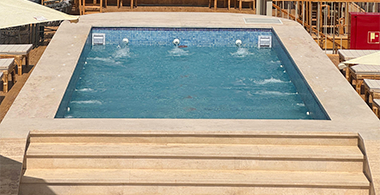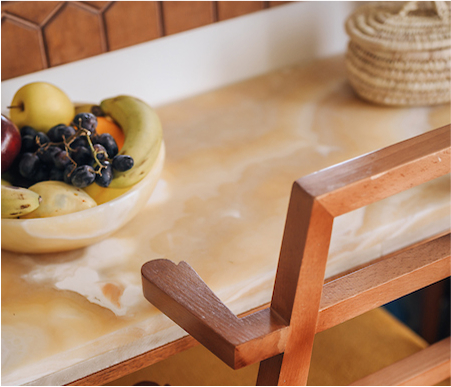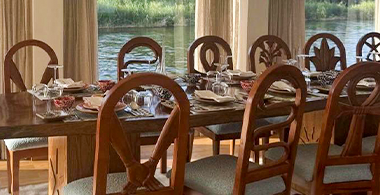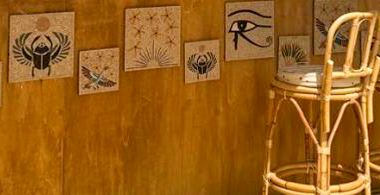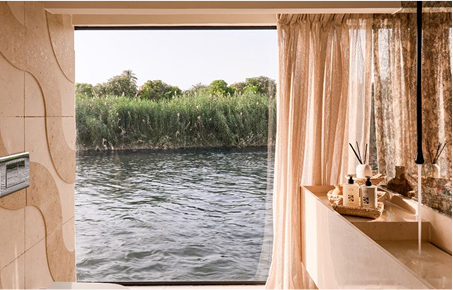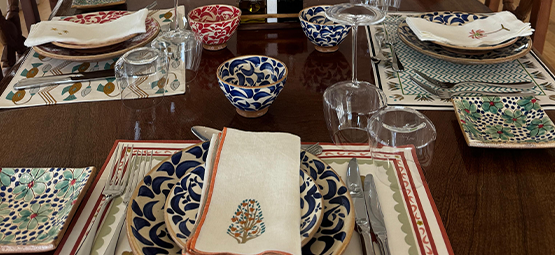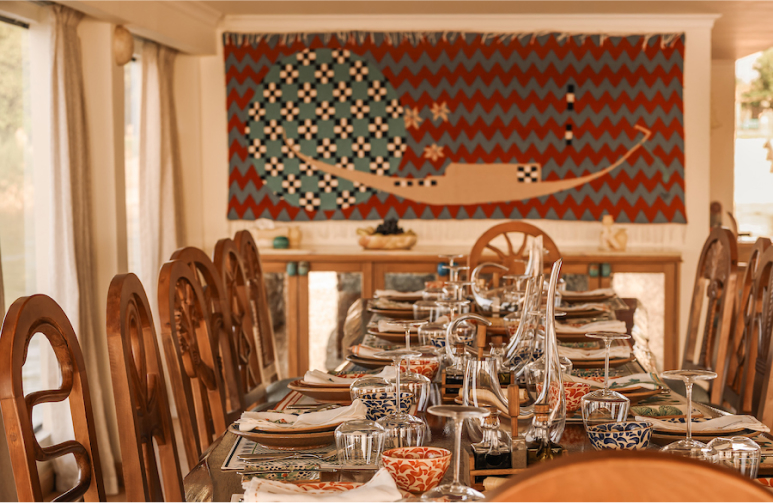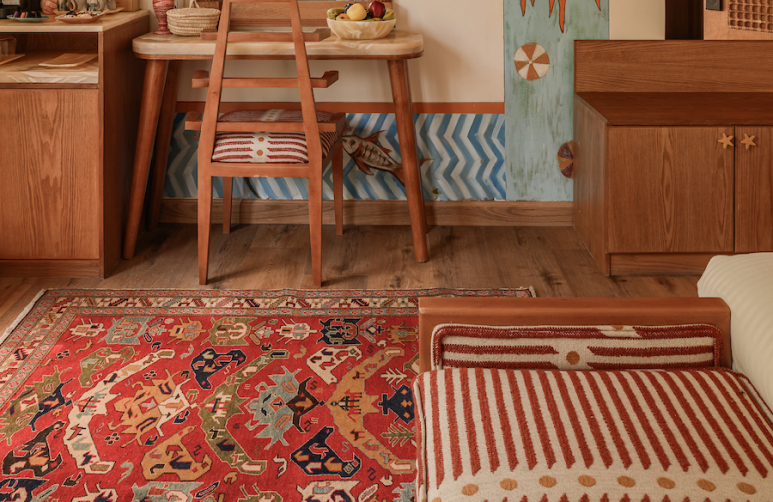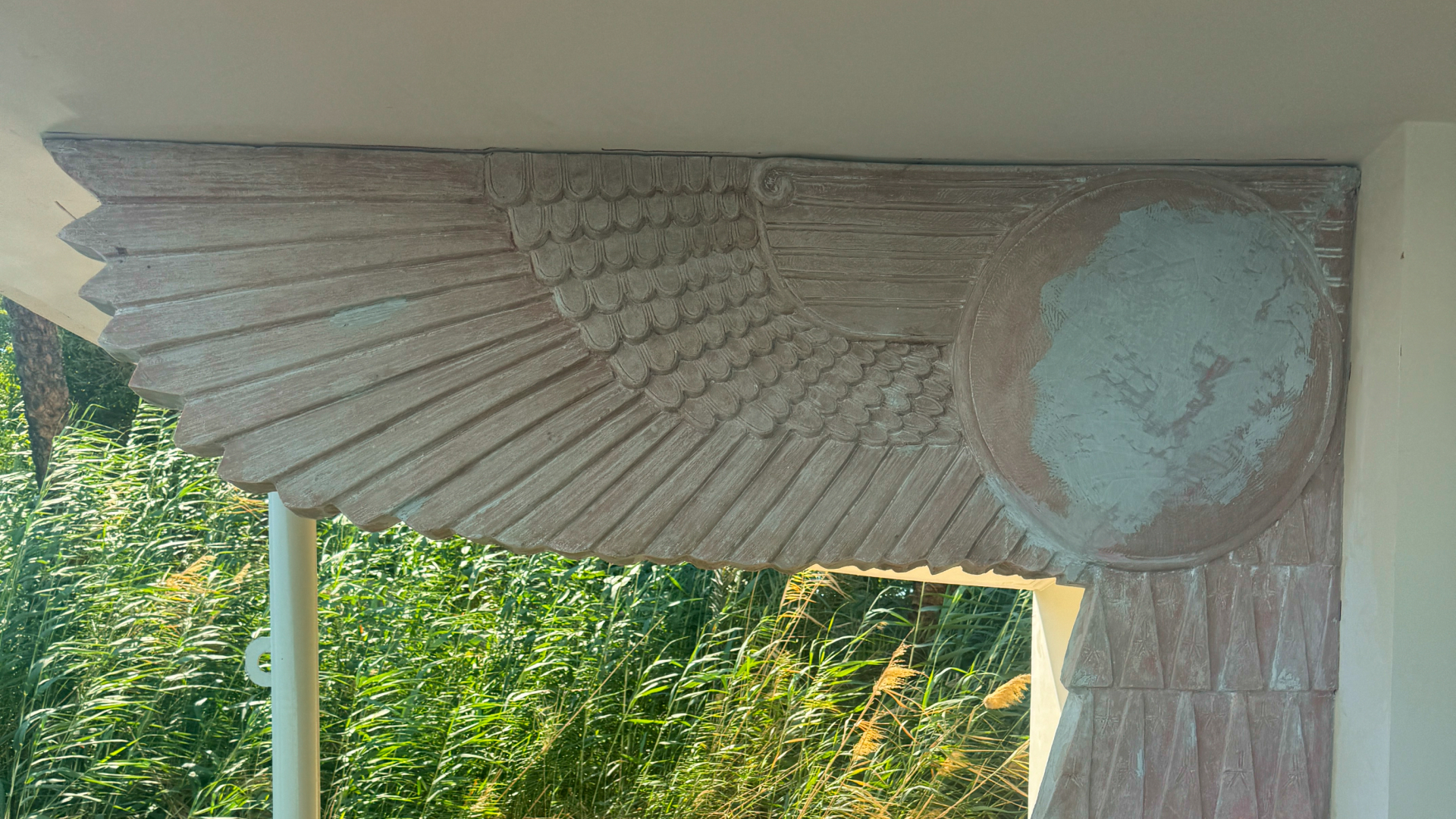

Where ancient Egyptian artistry meets modern luxury
On board the Nile Divine, you'll step into a world where history comes to life. Every element onboard, from the décor to the intricate craftsmanship, is inspired by the Pharaonic era and the ancient Egyptian artistry.
Each cabin showcases a unique Pharaonic symbol, awakening curiosity and inviting you to uncover the mysteries of this fascinating civilization.


Our journey started among the tombs and wonders of the Valley of the Kings. Each visit sparked inspiration, planting the seeds of the dahabiya's concept.
By taking notes and observing the ancient symbols and drawings on the walls, we turned the silence of the catacombs into a source of creativity, crafting a one-of-a-kind dahabiya.
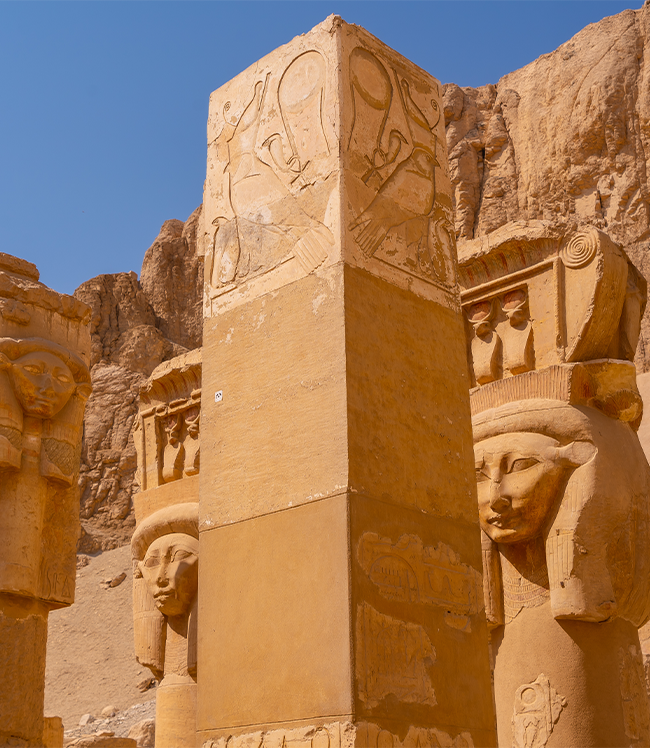
We spent months researching, exploring temples, tombs, and museums, taking notes, gathering references, and speaking with experts to ensure that every design element reflects the spirit of ancient Egypt.
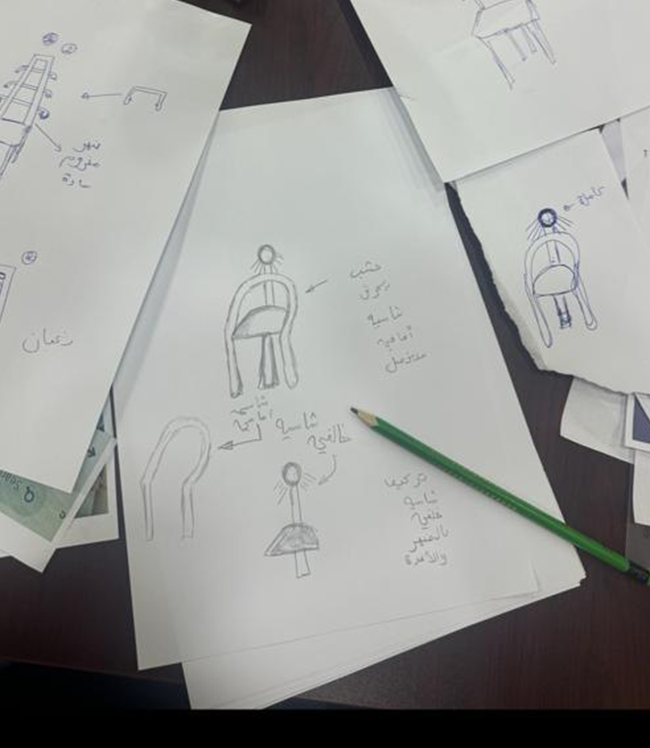
Each design element began with a hand-drawn idea, carefully sketched and refined, then brought to life by Egyptian crafters. Countless hours of dedicated work have gone into creating what is not just furniture but incredible artwork. The bed, decor, furnishings, cushions, and chairs are all designed to transport you to another era. So, these aren’t just decorations they’re custom made pieces of history. You will immerse yourself in an experience that feels like wandering through a bustling bazaar, searching for the perfect souvenir.
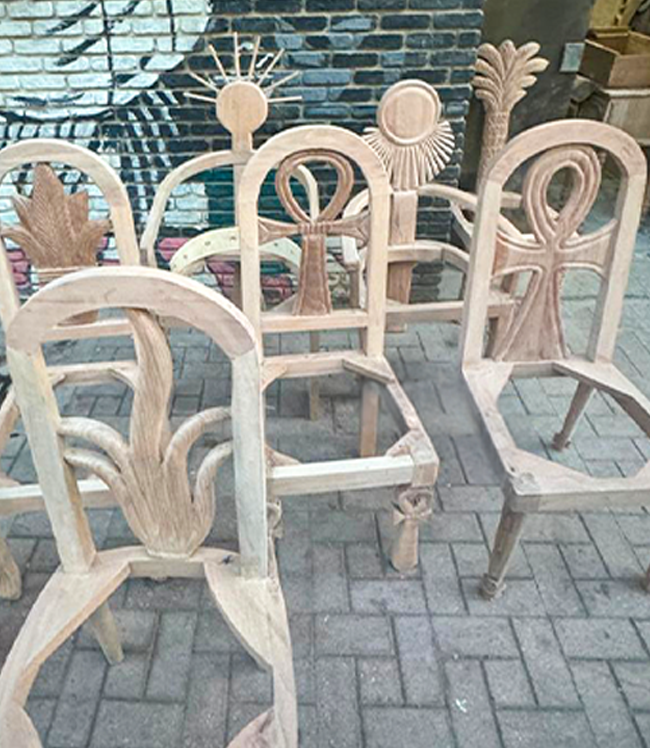
Every furnishing onboard, from the beds to the cushions was handmade with historical intention. It was designed not only for comfort but to transport you to another time.
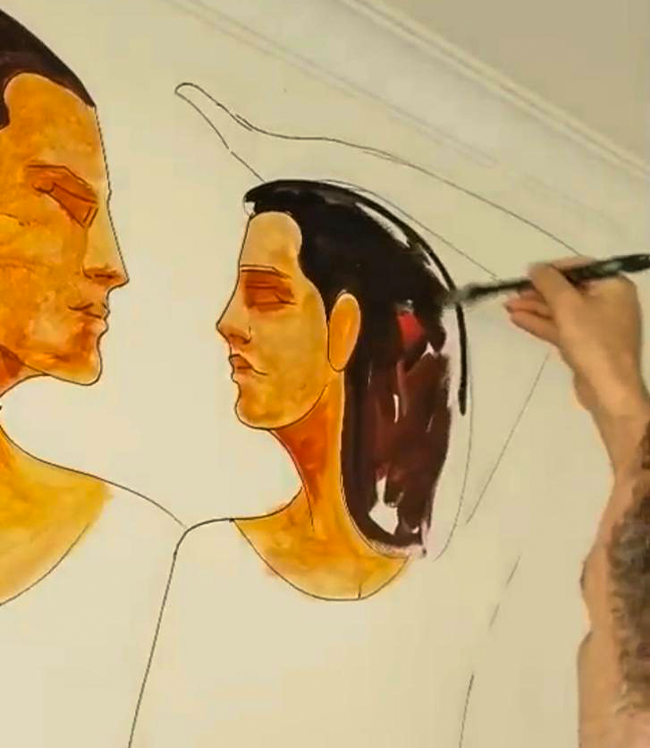
Even the walls are works of art, hand-painted by our skilled artist Alaa Abu El Hamed who spent weeks turning every wall into a living canvas of history and emotion.
The boat is adorned with materials native to our land. Egypt is rich in ancient materials and craftsmanship, and ancient professional artists transformed natural resources into stunning artwork. These traditional materials remain relevant today, continually inspiring and shaping artistic creations. At Nile Divine, we have embraced this heritage by selecting and incorporating these timeless elements into our designs. Here is a glimpse of it.
